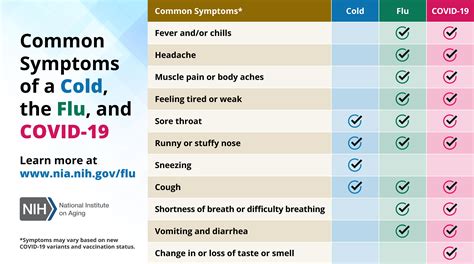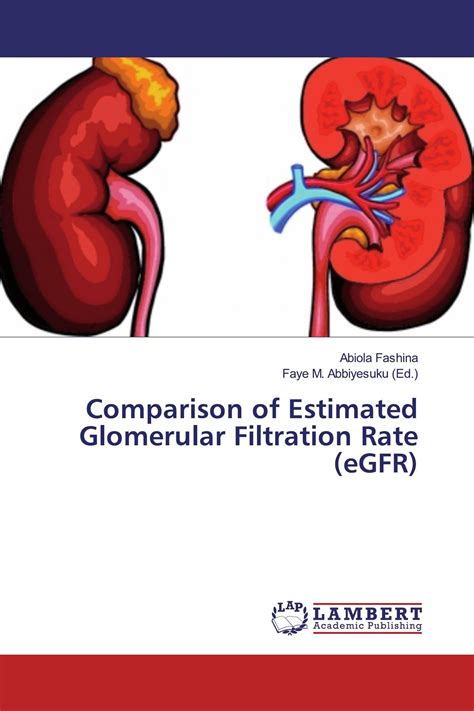Understanding the differences and similarities between flu and COVID-19 symptoms is crucial in deciding when to take a test for either or both. Both influenza (the flu) and COVID-19 are respiratory illnesses that can have similar symptoms, making it difficult to distinguish between them based on symptoms alone. However, there are key differences and guidelines that can help you decide when to get tested.
Similarities in Symptoms
Both the flu and COVID-19 can cause:
- Fever or feeling feverish/chills
- Cough
- Shortness of breath or difficulty breathing
- Fatigue (tiredness)
- Sore throat
- Runny or stuffy nose
- Muscle or body aches
- Headaches
- Diarrhea and vomiting (more common in children than adults)
Differences in Symptoms
While there is overlap, some symptoms are more common in one than the other:
- Loss of taste or smell: This symptom is more commonly associated with COVID-19.
- Sudden onset: The flu often comes on suddenly, while COVID-19 symptoms can develop more gradually.
- Severity of symptoms: Both can cause severe illness, but COVID-19 is more likely to cause severe respiratory symptoms that require hospitalization.
When to Get Tested
Given the overlap in symptoms, the decision to get tested for either the flu or COVID-19 (or both) depends on several factors, including:
- Symptom Severity: If you have severe symptoms such as difficulty breathing, chest pain, or severe headache, seek medical attention immediately.
- Exposure History: If you have been in close contact with someone known to have COVID-19 or the flu, it’s a good idea to get tested, even if your symptoms are mild.
- Time of Year: The flu season typically runs from October to May, with a peak between December and February. Testing for the flu might be more considered during these months if symptoms align.
- Vaccination Status: Your vaccination status for both COVID-19 and the flu can influence the decision. Even if vaccinated, it’s possible to contract a mild form of the disease, and testing can confirm the cause of your symptoms.
- Guidelines from Local Health Authorities: Pay attention to local health guidelines and outbreaks. During times of high COVID-19 transmission in your area, for instance, testing might be recommended more readily.
Testing Options
- PCR (Polymerase Chain Reaction) Tests: These are considered the gold standard for detecting the genetic material of the virus and are highly accurate.
- Rapid Antigen Tests: These can provide quick results but may be less sensitive than PCR tests.
- At-Home Tests: Available for both COVID-19 and the flu, these can be convenient but may vary in accuracy.
After Testing
Regardless of the test results, if you have symptoms:
- Stay Home: To avoid spreading the illness to others.
- Follow Treatment Guidelines: Your healthcare provider may prescribe antiviral drugs for the flu or COVID-19, which can help alleviate symptoms and shorten the duration of the illness if started early.
- Practice Good Hygiene: Regularly wash your hands, cover your mouth when coughing or sneezing, and avoid close contact with others.
Conclusion
Deciding when to get tested for the flu or COVID-19 involves considering your symptoms, exposure history, time of year, vaccination status, and local health guidelines. Given the similarities in symptoms, a healthcare professional might recommend testing for both to ensure proper diagnosis and treatment. Remember, early testing and diagnosis can lead to better outcomes and prevent the spread of these diseases.
What symptoms are more unique to COVID-19 compared to the flu?
+Loss of taste or smell is a symptom more commonly associated with COVID-19 than the flu. However, symptom profiles can vary widely among individuals.
How long after exposure should I wait to get tested for COVID-19 or the flu?
+The timing can depend on the test type and the virus. Generally, for COVID-19, it’s recommended to wait at least 3-5 days after exposure to get tested, as the virus may not be detectable earlier. For the flu, testing can be considered as soon as symptoms appear, given the typically shorter incubation period.
Can I use at-home tests for both COVID-19 and the flu?
+Yes, there are at-home tests available for both COVID-19 and the flu. However, the availability and accuracy of these tests can vary, so it’s essential to follow the manufacturer’s instructions and consider consulting with a healthcare provider for interpretation of results.



